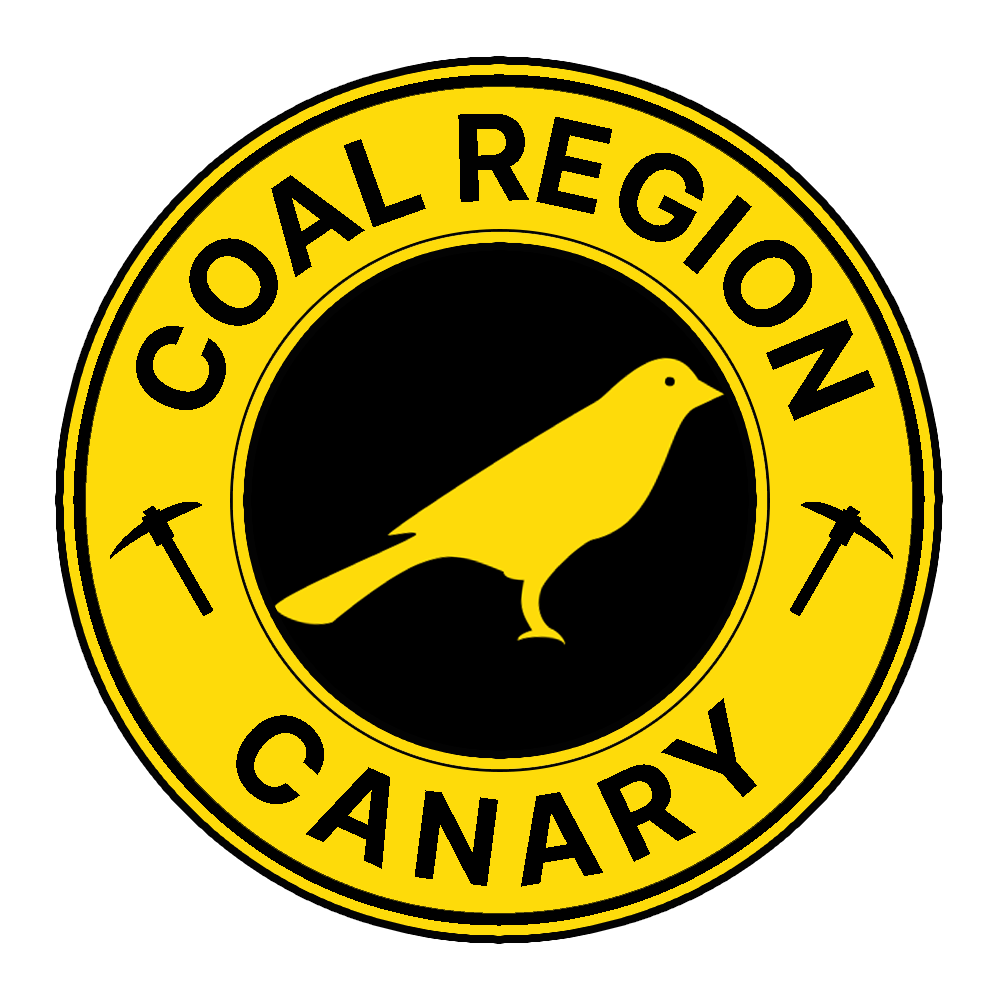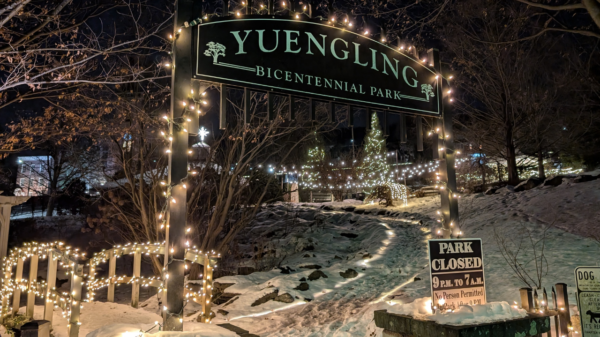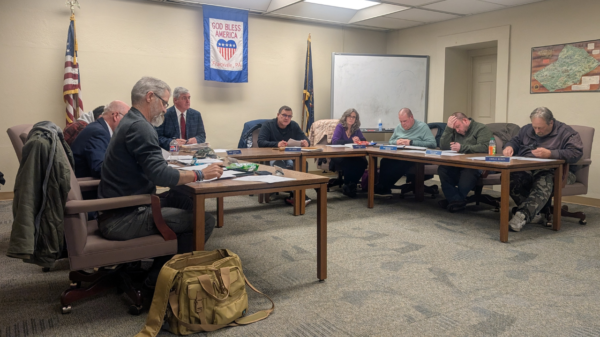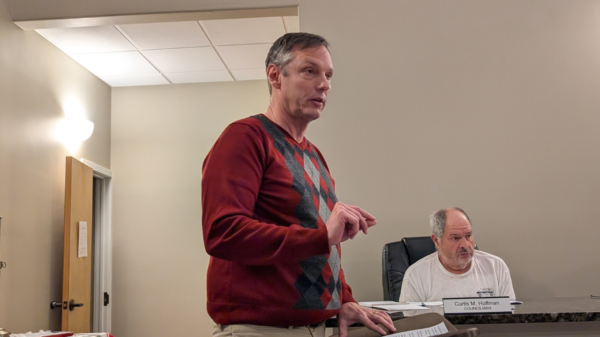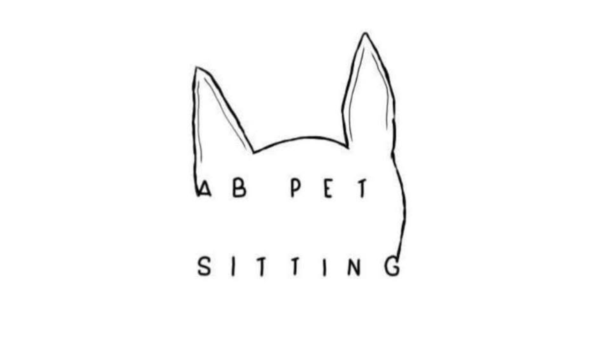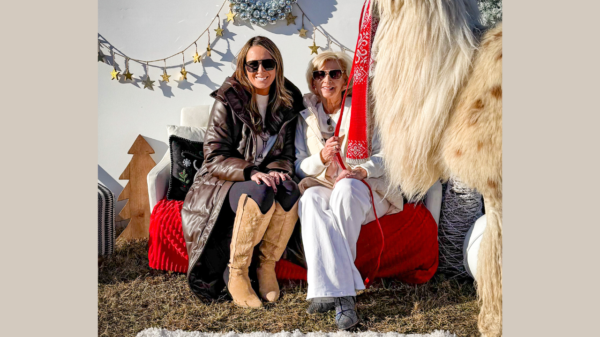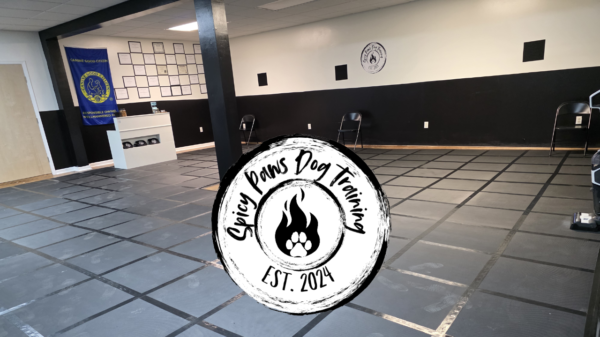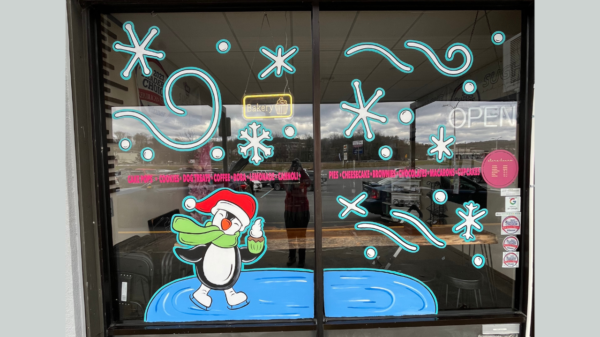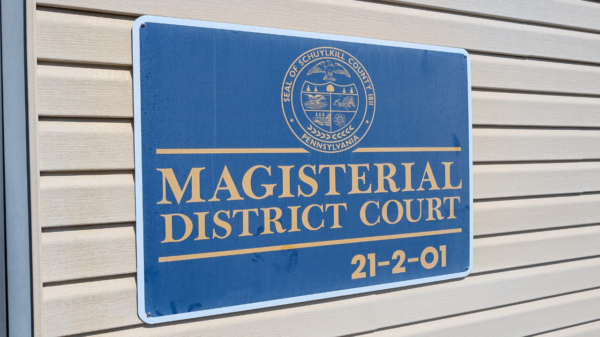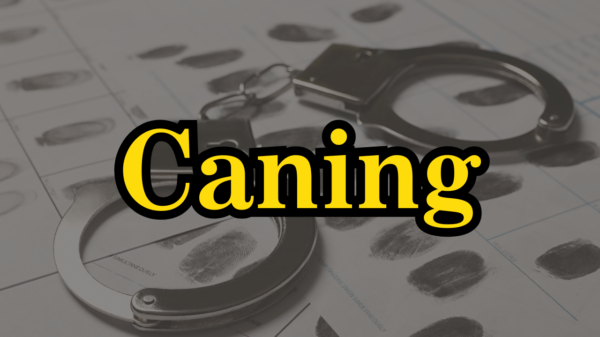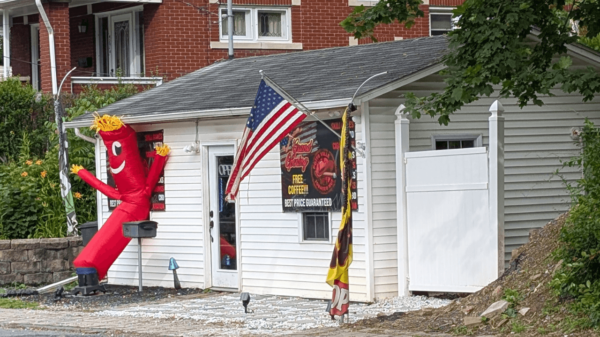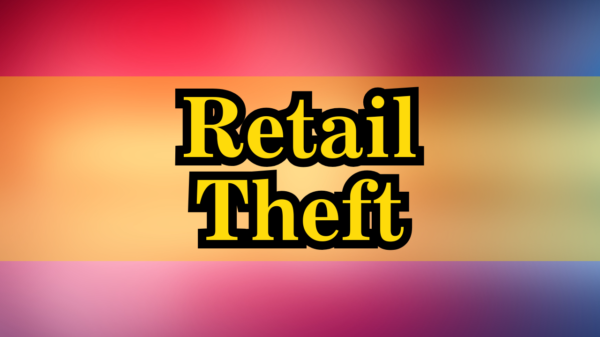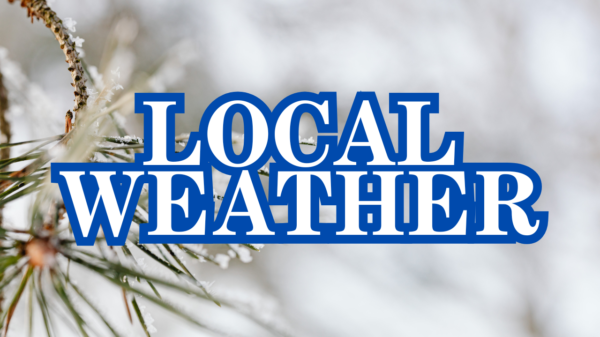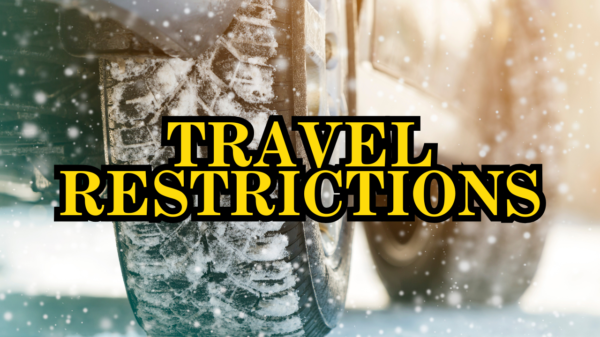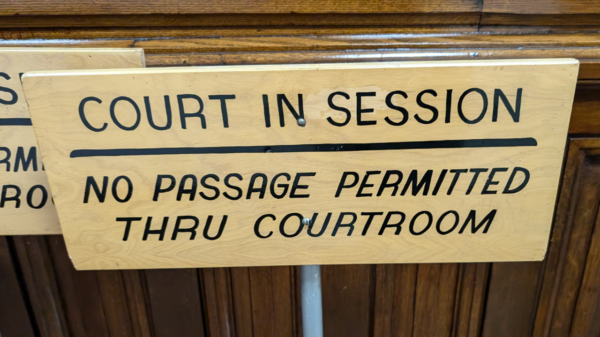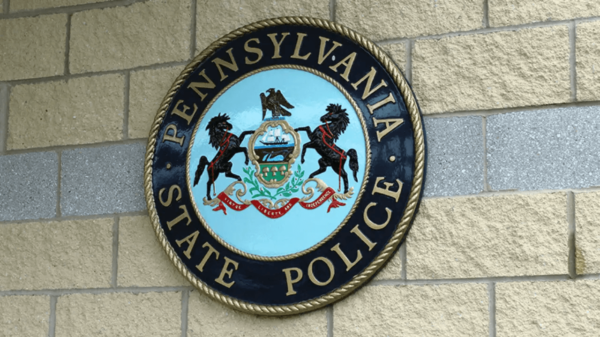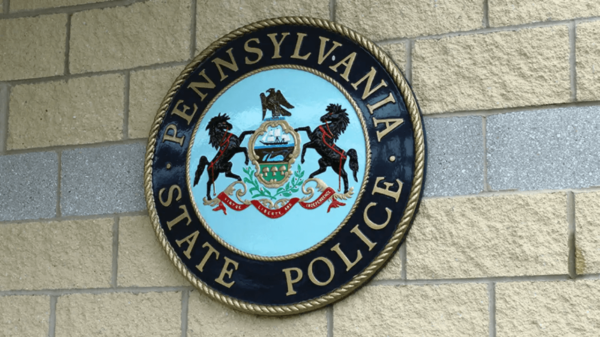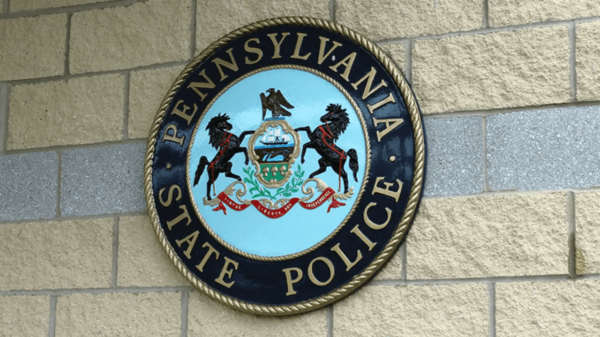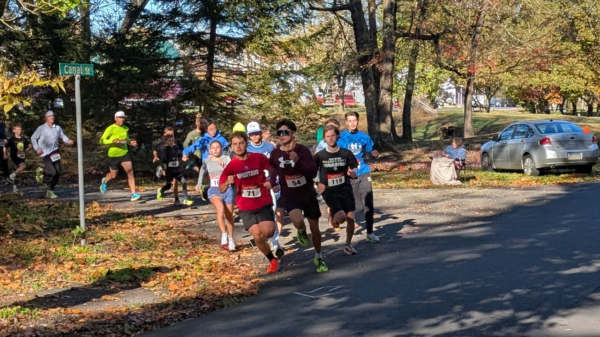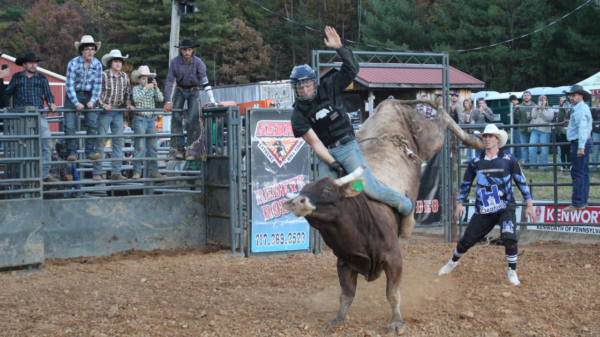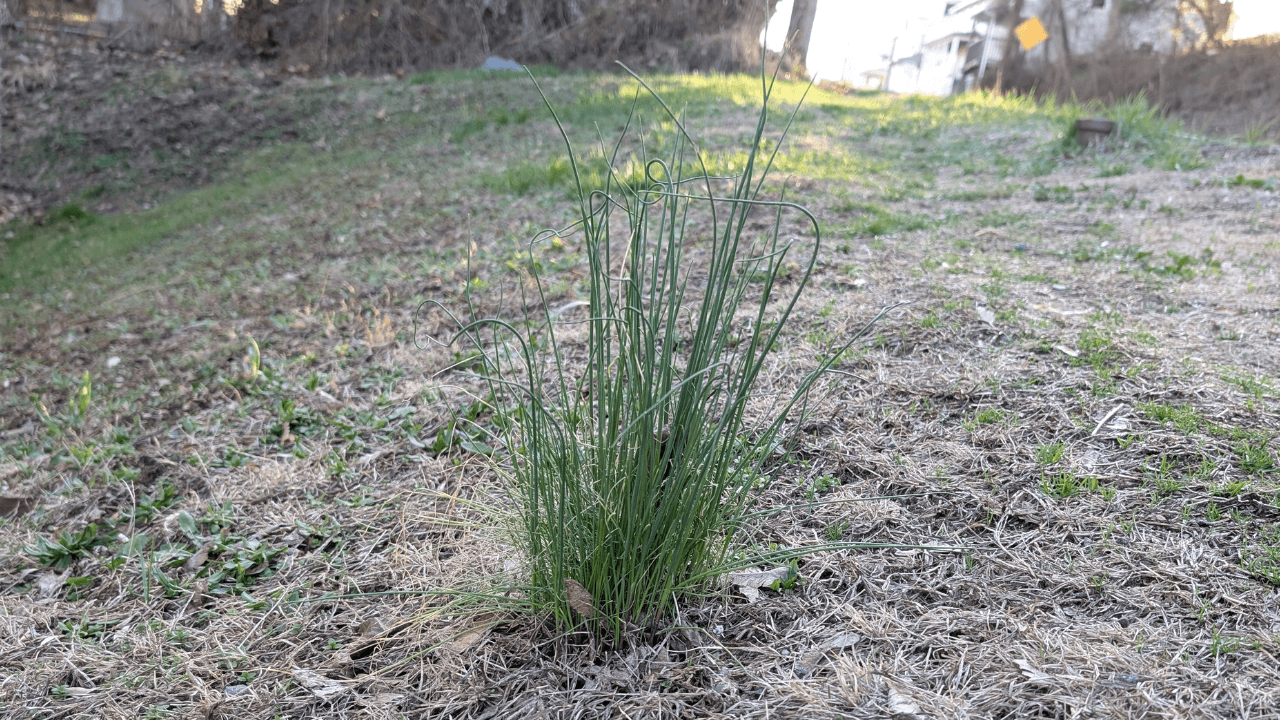How would you describe the smell of Spring? Floral? Green? Perhaps fresh and light? I place my smell of spring on a warm morning when my neighbors are out cutting their lawns– suddenly, through the wafts of grass, the air is punctuated by the smell of onions.
The culprit?
Onion grass, or Allium Vineale, a perennial species of wild onion that pops up throughout spring.
In late-March and early-April, onion grass stands out as one of the first signs of green. I’ve observed patches of onion grass growing 8 inches tall as recently as this weekend, while other plants are slowly catching up in height.
Among its “grassy” peers, onion grass is the oddball; its thicker, taller, cylindric leaves draw the eyes. One quick pinch of the plant releases its pungent odor and reveals the inside of the green leaf to be hollow.
There’s a reason that onion grass doesn’t necessarily “blend in”– it’s not supposed to be here!
During North America’s colonial period, European settlers brought onion grass as an ornamental plant which quickly spread and established itself in the wild. While it is not currently listed in Pennsylvania as a “noxious weed”, it is considered an invasive plant by many due to its European roots and persistence in yards and forests. However, it does not pose nearly as great of a threat to the local environment as listed invasive plants like English Ivy, Japanese Knotweed, and others.
How does one control their population of onion grass?
Traditional methods like mowing prevent the grass from seeding, but in order to remove your current standing onion grass, manually pull it out and make sure you remove the bulb. Don’t be hasty to discard the weed– it is edible and makes a tasty addition to soups and salads! I enjoy chopping some up into a big bowl of ramen as a chive substitute or mixing them up into mashed potatoes. Don’t knock it ‘til you try it!
About the author: “Hemlock” Hannah Kulbitsky is the full time Environmental Education and Outreach Coordinator for the Schuylkill Conservation District. She provides environmental programs to the public and handles outreach like the district social media. Hannah is a Skook native and holds a double B.A. in Sustainability Studies and Theater from Muhlenberg College.
Follow the Schuylkill Conservation District @schuylkillcd on Facebook, Instagram, TikTok, and YouTube for more, and go to schuylkillcd.com for our seasonal newsletter.
Photo: Coal Region Canary
Subscribe to Coal Region Canary
Get email updates from Coal Region Canary by becoming a subscriber today. Just enter your email address below to get started!Support Coal Region Canary
Like our reporting and want to support truly local news in Schuylkill County? Your small donations help. For as little as $5, your contribution will allow us to cover more news that directly affects you. Consider donating today by hitting the big yellow button below ...